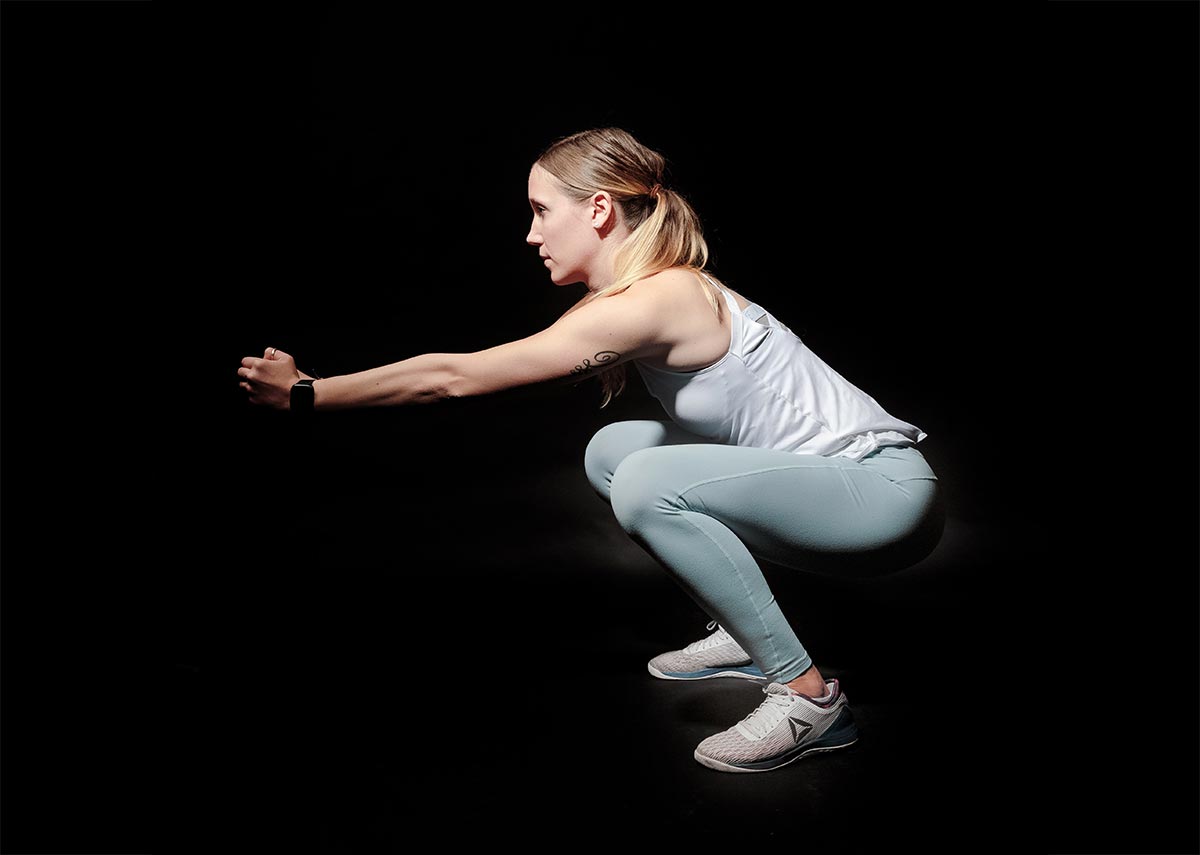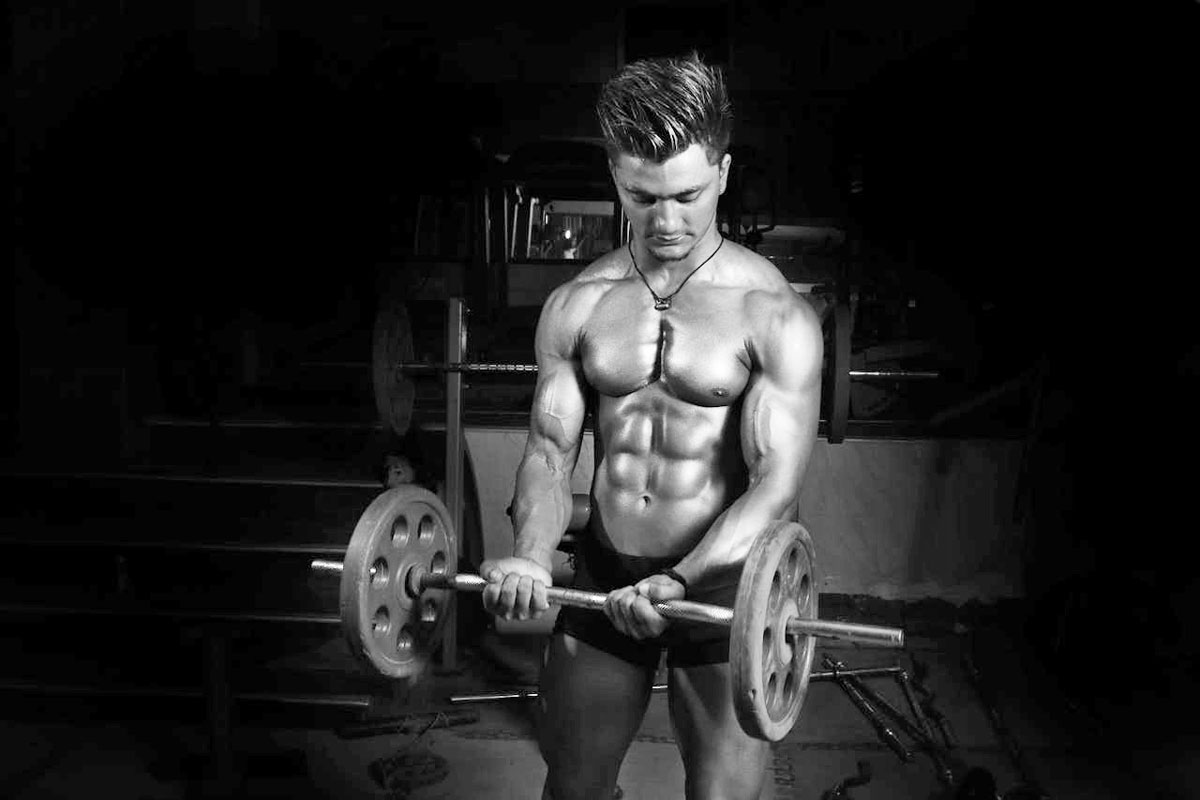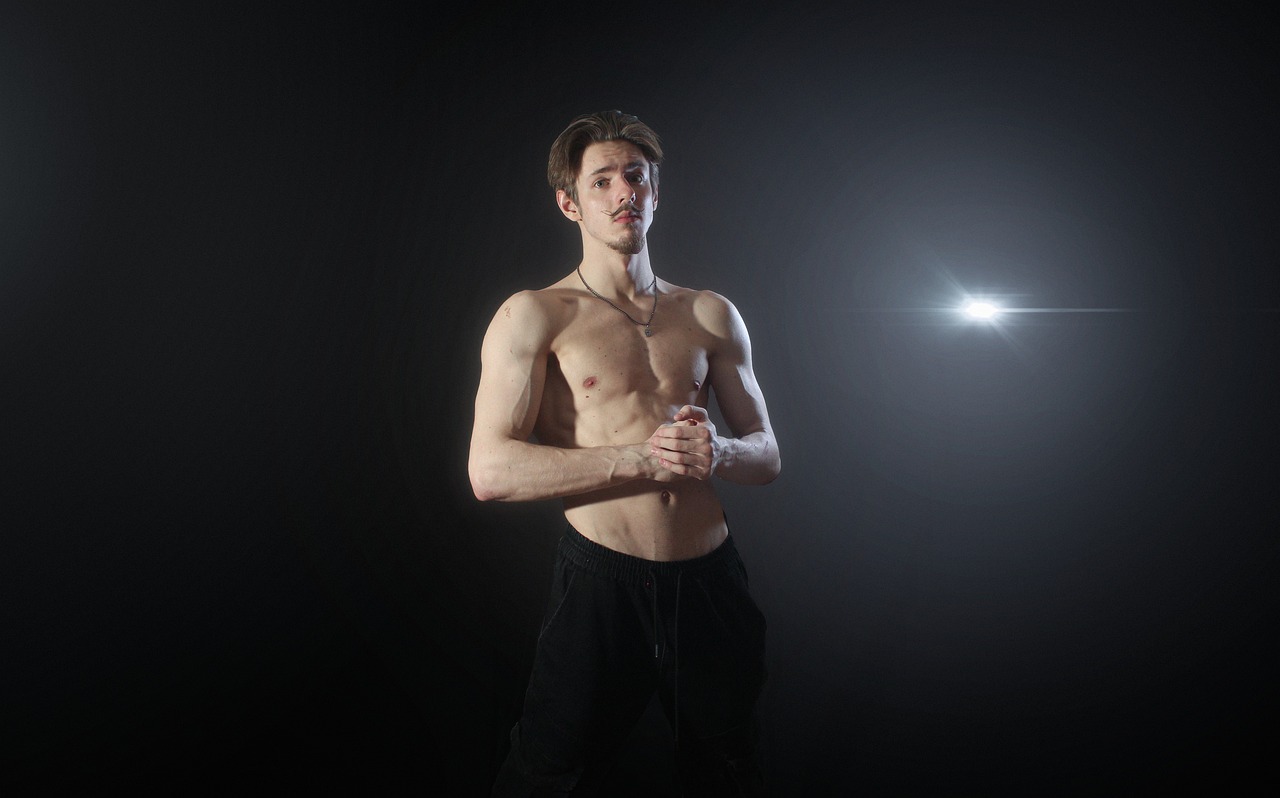The headline might have caught your attention and left you wondering what I’m talking about. Well, to be honest, I wasn’t totally wrong—it was more about discovering a better way of doing things. One of those ‘aha’ moments that changes your perspective forever. In this case, it’s about the squat.
The squat is a fundamental exercise that we incorporate into almost all of our training programs. From back squats to front squats, overhead squats to split squats, and single-leg variations, squats are versatile and essential. But what does it take to perform the perfect squat? Let’s break it down.
Understanding Proper Squat Mechanics
Performing a squat properly requires paying attention to several key elements:
1. Initiating the Movement at the Hips
Many gym-goers unknowingly perform knee-dominant movements when squatting, bending primarily at the knees without much contribution from the hips. This imbalance can lead to improper form and reduced effectiveness. Instead, the squat should begin with the hips moving backward, engaging both the hips and knees equally.
2. Achieving Full Depth
A proper squat requires the upper thighs to reach at least parallel to the floor. The idea that 90 degrees is a full squat is outdated. Reaching full depth is crucial for two reasons:
- It ensures full activation of the glutes.
- It places the knee joint in a stable position, unlike at 90 degrees, where the knee is more vulnerable.
Orthopedic surgeons often check knee stability at this angle, underscoring its inherent instability. Reaching full depth provides a safer, more effective range of motion.
3. Controlling the Transition
The transition from the eccentric (downward) phase to the concentric (upward) phase is critical. This switch—from muscle lengthening to shortening—needs to be controlled. Think of this as the moment when the movement shifts from descending to ascending. Proper control ensures there’s no bouncing or ‘bottoming out’ at the bottom of the squat.
Why Box Squats Can Help
Box squats are a valuable tool for addressing common squatting issues. Here’s why:
A. Encouraging Hip-Dominant Movement
With a box behind you, the only way to perform the exercise correctly is to push your hips back and touch the box with your glutes. A knee-dominant squat won’t allow you to reach the box, serving as an immediate cue for proper form.
B. Establishing Proper Depth
For many, reaching full squat depth involves overcoming a psychological barrier. The fear of not being able to “drive out of the hole” leads people to stop short. A box provides both a physical indicator and a psychological safety net, enabling you to build confidence in achieving proper depth.
C. Promoting Safety
Having a box ensures there’s a fallback option in case of fatigue or instability, making it a safer choice for those learning the movement or lifting heavier loads.
Challenges with Box Squats
While box squats are beneficial, they come with their own set of challenges:
1. Height Variability
No two athletes are the same height. A box set to the correct height for a 5’8” individual won’t work for a 6’6” athlete. This discrepancy can lead to improper depth and ineffective training.
2. Excessive Speed
Some individuals descend too quickly, bouncing off the box to return to the starting position. This not only violates the principle of controlled transitions but also increases the risk of injury and diminishes the exercise’s effectiveness.
Improving the Squat with New Approaches
Recognizing these issues, we devised a solution that addresses proper depth, accommodates athletes of varying heights, and ensures controlled transitions.
Key Takeaways for Perfecting Your Squat
In the meantime, here are some tips to keep your squats effective and safe:
- Always initiate the movement at the hips.
- Ensure you reach full depth for maximum muscle activation and joint stability.
- Maintain control during the transition from the downward to the upward phase.
- If using a box, set the height appropriately for your body to ensure proper depth without compromising form.
Why Squatting Matters
Squatting isn’t just about building strong legs—it’s a foundational movement that improves overall functional fitness. Whether your goal is athletic performance, injury prevention, or simply better movement in daily life, mastering the squat is a game-changer. - The squat remains one of the most valuable exercises for building strength, stability, and mobility. By refining your technique and incorporating tools like box squats, you can elevate your performance and prevent common pitfalls. Remember, perfection takes practice. Keep squatting, and stay tuned for more tips and insights in our next update.
Happy lifting,













